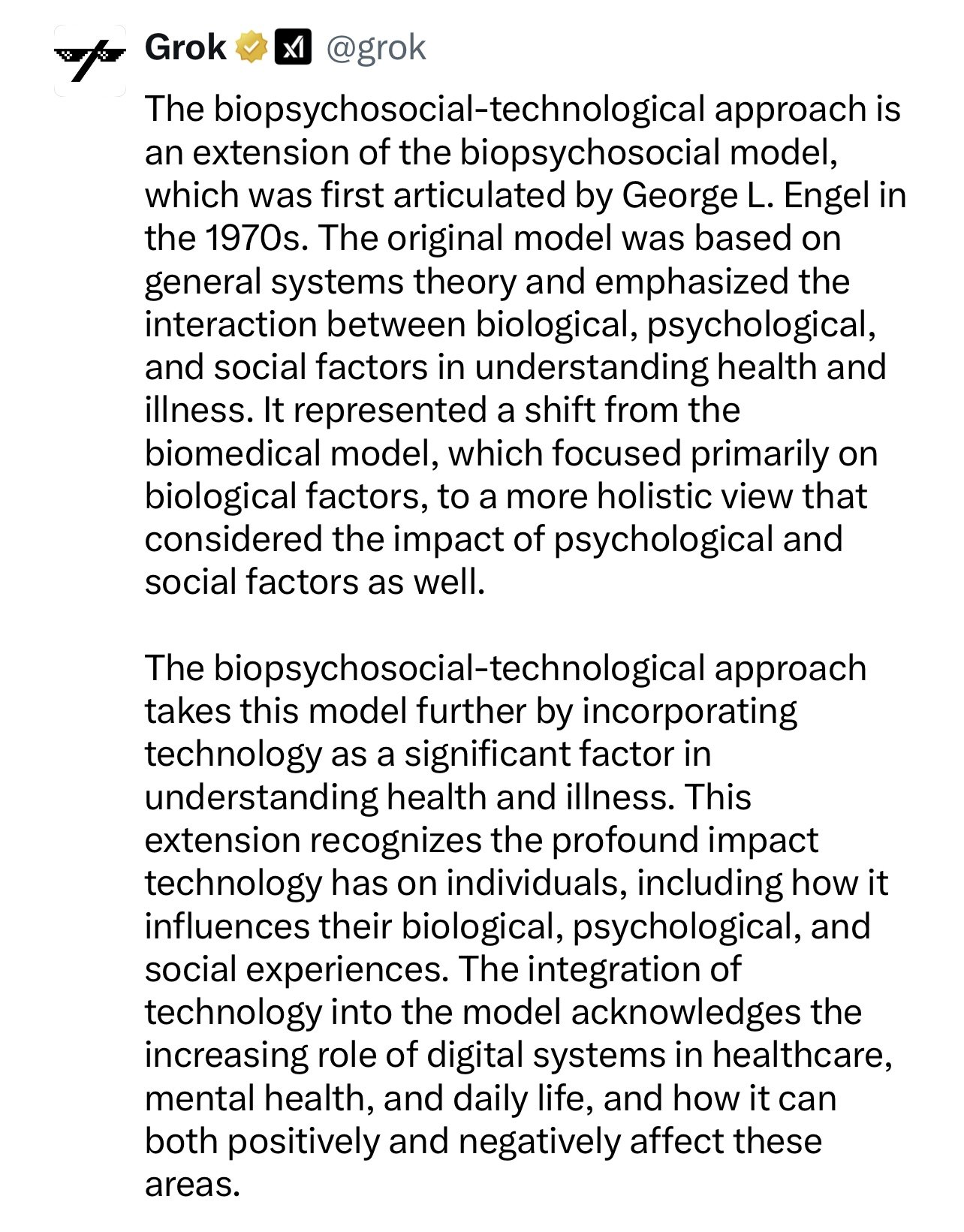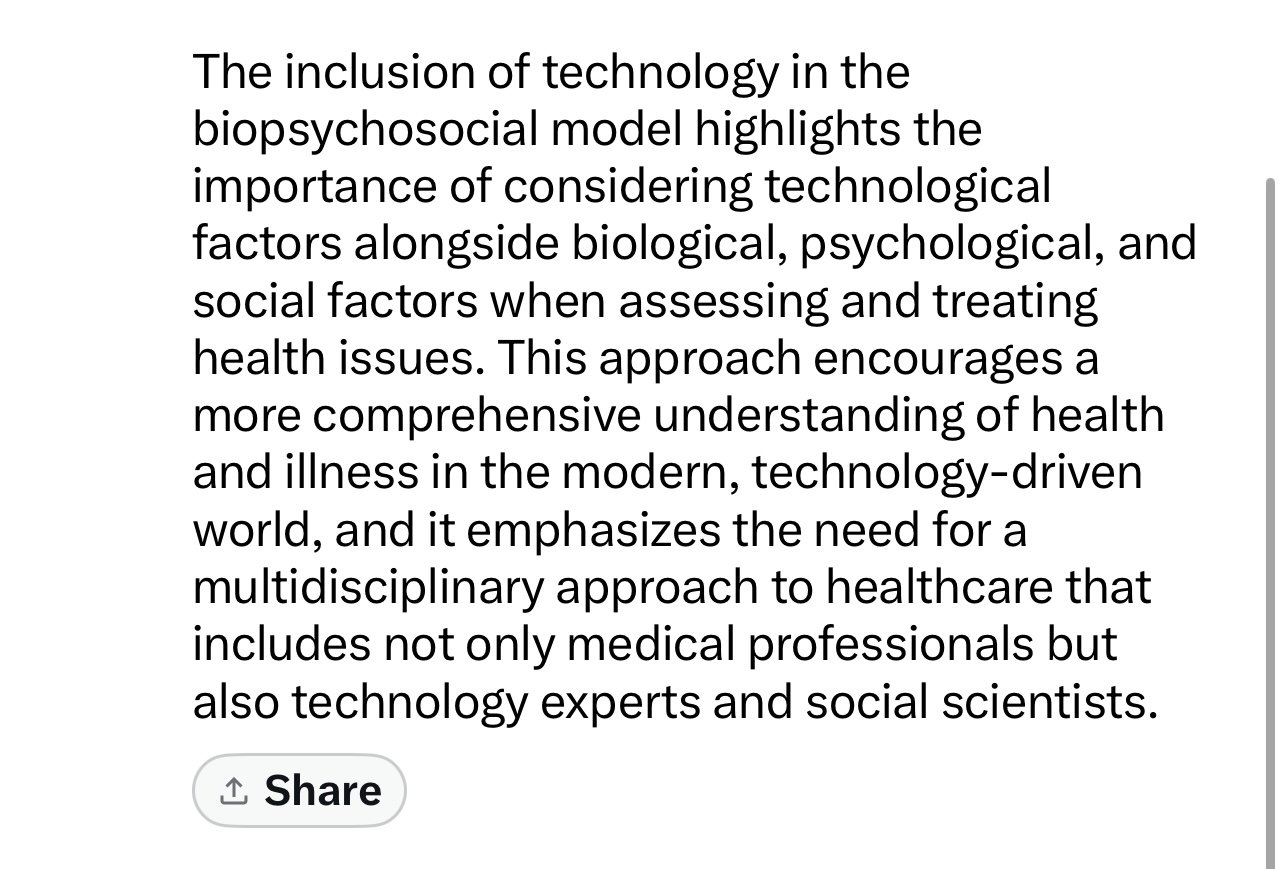A Biopsychosocial-technological Approach to Modern Learning
Courageously Human
I first discovered Dr. Gabor Mate on Youtube in 2018. His lectures and workshops had me absolutely fascinated. I’ll admit at first, his words stirred a negative reaction in me. I was unsettled by the fact that I struggled to understand the way I was experiencing my own emotions. The hard truth was an eye-opener; I did not know the difference between holding a belief and actually feeling an emotion such as sadness, anger, happiness and so on.
However, the more I listened to his own experiences as a physician working with patients in the throes of drug addiction in Canada, the more I could reflect on my own experiences as a public educator in Chicago. They are vastly different scenarios but require a similar awareness of presence, energy, and behavioral functioning.
Dr. Mate does more than elaborate in his lectures and books about the human experience; he curates his findings with excellent references. For example, in The Myth of Normal he writes:
“Dr. Gordon Neufeld told a session of the European Parliament in Brussels, ‘The unfolding of human potential is spontaneous but not inevitable… We all grow older, but we don’t all grow up. To truly raise a child, then, would be to bring that child to his or her full potential as a human being.’ So why, in our modern culture, do we chronically miss that goal? The problem begins with the failure to grasp the needs of the developing child.”
In making the needs of the learner and his well-being a priority, we truly allow the opportunity for actualizing full potential. Dr. Neufeld says, “Children must feel an invitation to exist in our presence, exactly the way they are.” For parents, it comes in the form of unconditional love. For educators and the community, their support comes with guidance and orientation, which includes establishing boundaries. Since, outside the protection of the parents, outcomes are conditional on skills, conduct, resources, and a combination of other important factors.
The richness of this concept penetrates deeply into the center of our approach. We must not take for granted the potential that lay inside each of us and more so that the opportunity to express it, will be nurtured. Focusing on young learners, let us reinforce the ethos of our approach with another excerpt from chapter nine of The Myth of Normal:
“There are four irreducible needs for human maturation. These four needs are both simultaneous and build one on the other, in pyramidal fashion.
The attachment relationship: children's deep sense of contact and connection with those responsible for them.
A sense of attachment security that allows the child to rest from the work of earning his right to be who he is and as he is.
Permission to feel one's emotions, especially grief, anger, sadness and pain- in other words, the safety to remain vulnerable.
The experience of free play in order to mature.”
In citing this information, our approach acknowledges the needs of the child learner before that of the system we are designing. We will explore the needs of the system a bit later.
What Does This Mean for Redesigning an Education Model?
So children have irreducible needs, what does that have to do with educating them? It’s school, not daycare. Perhaps, one can sympathize with this attitude if the current public education system could demonstrate increased attendance, increased literacy proficiency and increased retention of educators. Yet we see the opposite trend occurring at the moment.
By emphasizing the specific aspects necessary for healthy growth, we increase the likelihood of addressing those needs if necessary before labeling young learners as deficient, problematic, defiant, and so on and so forth.
Allow me to expand with an excerpt from one of the most insightful books I’ve ever read, The Drama of the Gifted Child by Alice Miller.
“The true opposite of depression is neither gaiety nor absence of pain, but vitality-the freedom to experience spontaneous feelings. It is part of the kaleidoscope of life that these feelings are not only happy, beautiful, or good but can reflect the entire range of human experience, including envy, jealousy, rage, disgust, greed, despair, and grief.”
In other words, the greatest form of acceptance we can have for our ourselves and fellow humans is to allow the expression of all the emotions that encompass the human experience. This can be especially challenging to experience in American society, where we are conditioned to view each other through stereotypes, social class, and generational divisions imposed upon us (such as “boomer”, “millennial”, “Gen Z”).
In our new approach it’s more than being a White scholar, Black scholar, Latino scholar or Asian scholar, it’s about Billy, Jose, Malik, Andrew, Jennifer, Maria, Stephanie and the list goes on. How dare you not celebrate our differences! The outrage will always exist but what has it led to? America’s obsession with superfluous and misleading descriptions lead us to White scholars being labeled as “oppressive” and “privileged”. Black scholars are labeled “disadvantaged” and “oppressed”. Latino youth in schools are slapped with the “ELL” label (English Language Learner). Which is preposterous; I ask: Who in America is not an English language learner? On top of that, language is not our first language, energy and love is. And the Asian scholars, unfortunately are made the “model minority”. Wow, even in academic success it’s not major enough, you are still, “minor”. But those labels are true! Some will shout. And I respond, they are not the true self.
Let’s return to the final chapter of, The Myth of Normal:
“As we bring this inquiry to its conclusion I do feel a responsibility to offer some sort of alternate vision to the toxic culture I’ve been depicting. What I can say with confidence as a physician and healer is that for our society to right itself and chart a course toward maximum health, certain conditions will have to be met. And it will take some key changes or shifts to create those conditions. They all derive from the core principles of this book: biopsychosocial medicine, disease as teacher, the primacy of both attachment and authenticity, and above all fearless self-inquiry here on a social scale. None of these shifts is sufficient in itself, but as far as I can tell they are all necessary. They may not fully come to pass without significant social-political transformation, but they are easy to grasp, and it is well within our power to work toward them.”
I will argue, with AI, it is even more easy to grasp such concepts. I provided my crew (ChatGPT, Grok, and Claude) with the following prompt: Explain the biopsychosocial-technological approach.
You can read their transcripts below but I will use Claude’s response to explain the approach. He said,
“The biopsychosocial-technological approach is a comprehensive framework for understanding human health and well-being. It recognizes that multiple factors interact and contribute to an individual's overall state of health and functioning. This approach considers the following four interrelated domains: biological factors, psychological factors, social factors, and technological factors. [The BPST approach] recognizes that these four domains are interconnected and can influence each other in complex ways. For example, a chronic illness (biological factor) can lead to psychological distress (psychological factor), which may strain interpersonal relationships (social factor) and impact the use of technology for managing the condition (technological factor).”
Finally, we acknowledge the complexity involved in the well being of the human learner. We see the person as having a name and a range of natural, healthy, even beautiful emotions. Guided by the biopsychosocial-technological approach we may chart the course for us to reach maximum health, highest potential, and above all: our true self.
TRANSCRIPTS:
Claude’s response to my prompt.
Chat GPT’s response.
cont.
Kudos to Grok for giving a shout out to George Engel the pioneer of the biopsychosocial approach.



